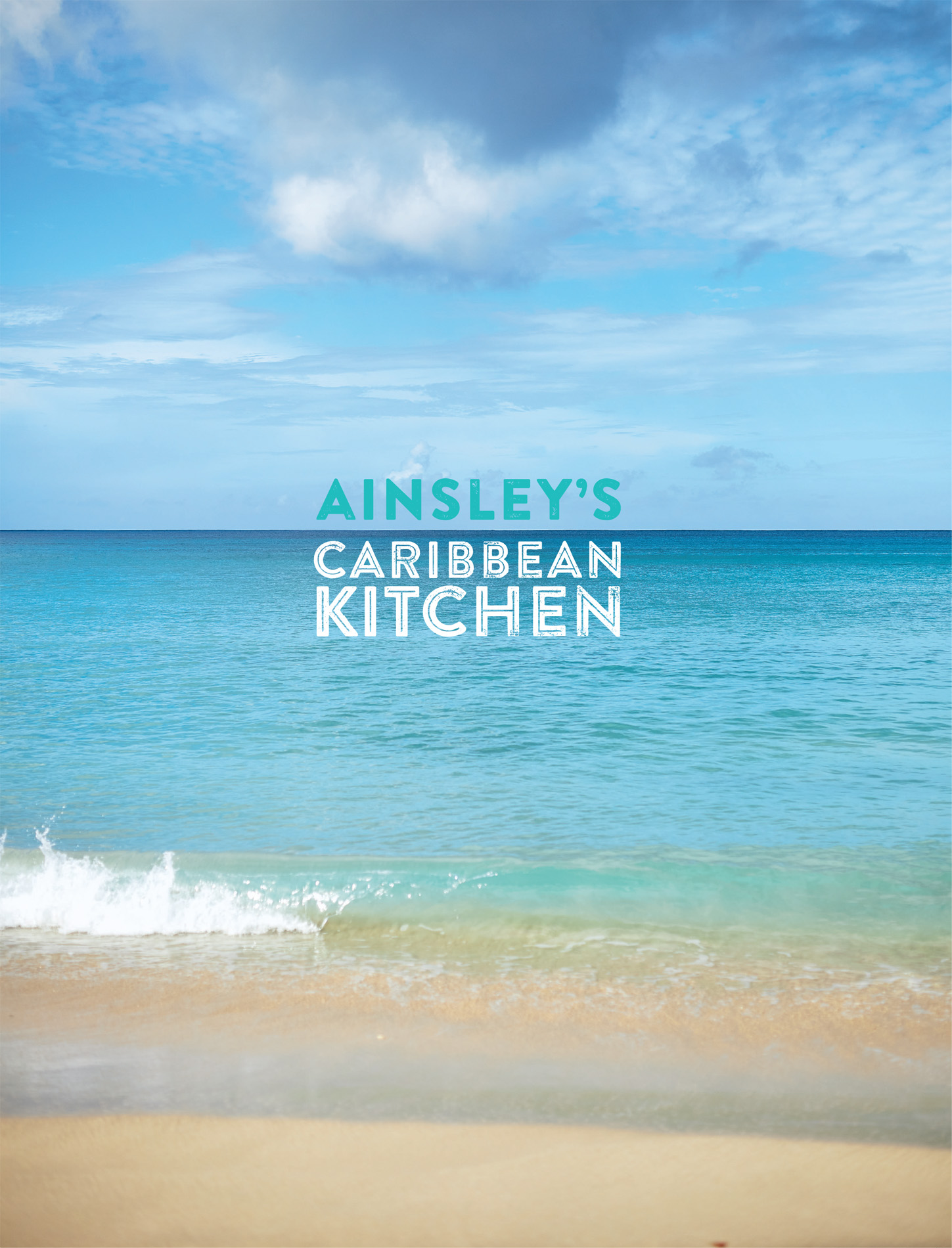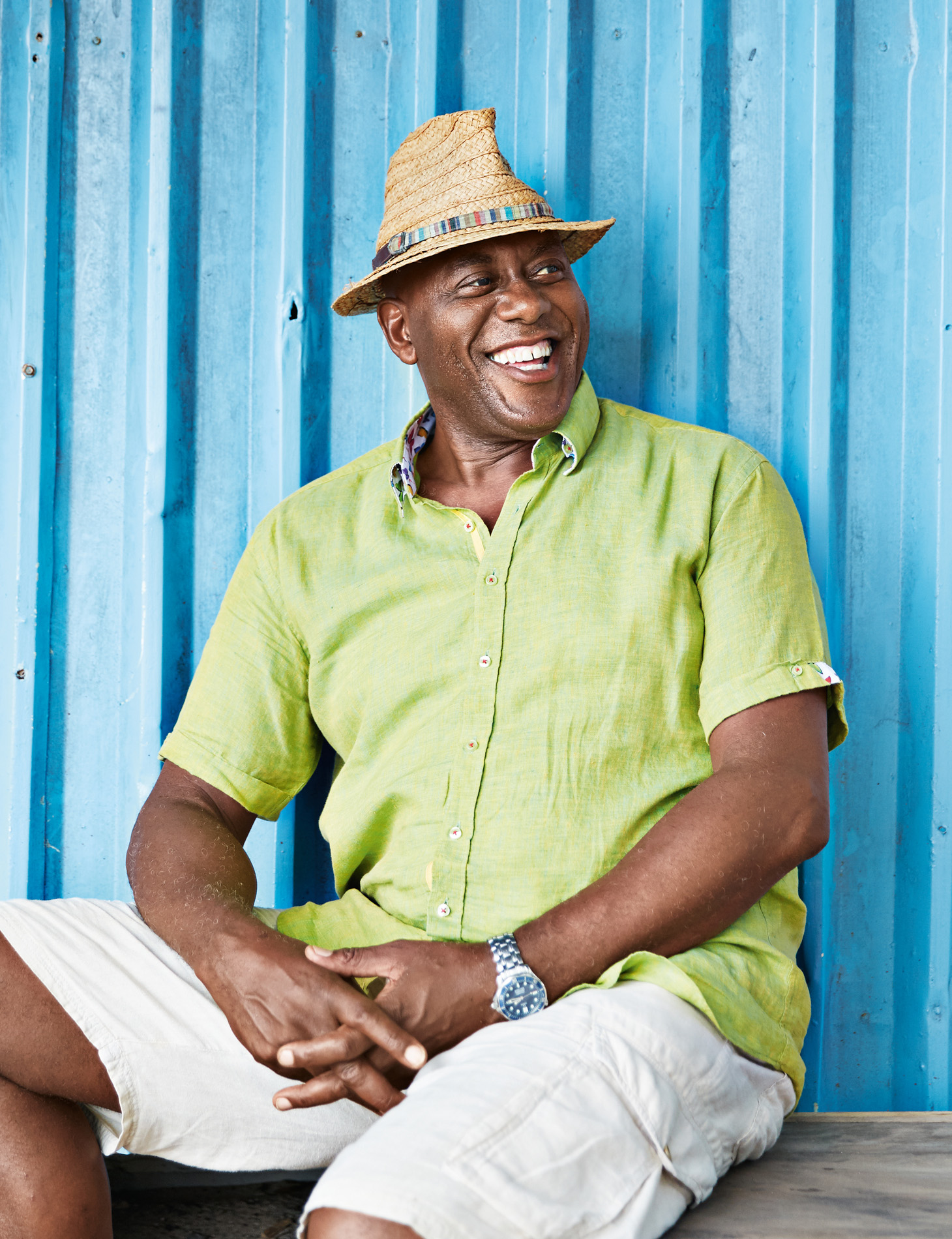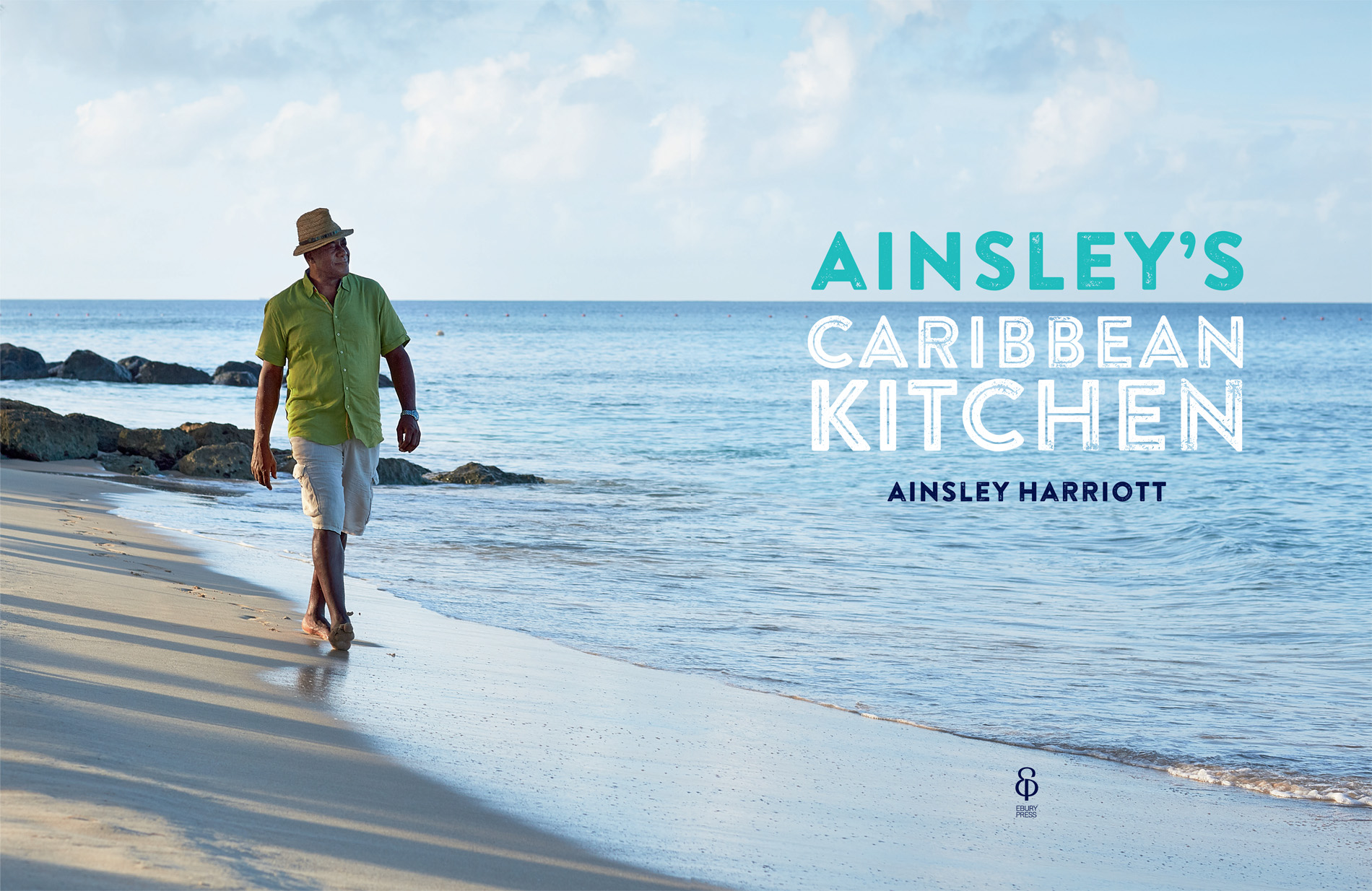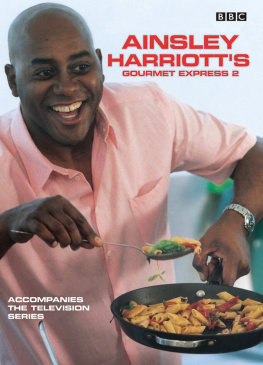


This ebook is copyright material and must not be copied, reproduced, transferred, distributed, leased, licensed or publicly performed or used in any way except as specifically permitted in writing by the publishers, as allowed under the terms and conditions under which it was purchased or as strictly permitted by applicable copyright law. Any unauthorized distribution or use of this text may be a direct infringement of the authors and publishers rights and those responsible may be liable in law accordingly.
Ebury Press, an imprint of Ebury Publishing,
20 Vauxhall Bridge Road,
London SW1V 2SA
Ebury Press is part of the Penguin Random House group of companies whose addresses can be found at global.penguinrandomhouse.com.

Text copyright Ainsley Harriott 2019
Photography copyright Dan Jones 2019,
except pages Rob Partis
Cover design: Smith & Gilmour
Cover Photography: Dan Jones
Ainsley Harriott has asserted his right to be identified as the author of this Work in accordance with the Copyright, Designs and Patents Act 1988
First published by Ebury Press in 2019
penguin.co.uk
A CIP catalogue record for this book is available from the British Library
ISBN 9781473567542
Project Editor: Lisa Pendreigh
Additional photography: Rob Partis
Recipe Developer: Alan Thatcher
Food Stylist: Bianca Nice
Prop Stylist: Tamzin Ferdinando
Illustrator: Carys Tait
Colour origination by Altaimage, London
INTRODUCTION
Both of my parents were born in Jamaica. My father, Chester, travelled to London in the early 1950s on a music scholarship and mum came to study nursing. Looking into my family background a few years ago, on the TV programme Who Do You Think You Are, opened my eyes to my heritage; Jamaicas national motto Out of Many One People really rang true. The experience was interesting and emotional, but importantly, I came away with a real understanding of the Jamaican, Barbadian, Saint Lucian and Scottish connections of my family. I feel much closer to my Caribbean roots.
Food is an integral part of Caribbean life and, as such, was an important part of my childhood. I have wonderful memories of helping my mum cook and experiencing the patience and love that went into the food. Our house was always busy with family, visiting relatives and friends. They were welcomed and brought with them laughter and music. We would all sit down to enjoy mums delicious Caribbean spiced food and it was always a generous and shared experience. Seeing all those happy people enjoying the food together is probably the main reason I became a chef.
I want to show that Caribbean cooking is not just jerk chicken; there is so much more to discover. Of course, jerk dishes are fabulously tasty and an important part of Jamaican cuisine and culture, so I have included them in this book along with other traditional Caribbean island dishes, such as Ackee and Saltfish with Johnny Cakes, Rundown, Oxtail Stew and Curried Goat with Rice n Peas. I also want people to learn that Caribbean cuisine is about cooking fresh, vibrant and tasty dishes. Home-cooked food that is hearty, nutritious and full of flavour and yes, at times, a little bit spicy!
Caribbean cuisine is diverse; culturally, the islands are a melting pot of identities, which influence the cuisine of each region. Originally, the islands were inhabited by the Caribs and Arawaks, both Native American tribes. The Caribs introduced chilli peppers and spice to cooking, and the Arawaks used green sticks, called barbacoa, to grill their food the origins of the modern barbecue. Later, came colonists and the migration of Western Europeans, Africans and Asians to the islands. Today you can taste the history of the islands through the flavours of East India, China, Europe, South America and Africa, all playing their part in the multicultural society of the Caribbean.
Ive travelled to the Caribbean many times, but this time for Ainsleys Caribbean Kitchen I was lucky enough to travel to islands Id never visited before, and to discover and taste so many wonderful dishes. Although there are common elements in Caribbean cooking, on my journey I discovered each island differs in its cuisine. Every island has its own specialities.
Jamaican cuisine is a fusion of many cooking techniques, flavours and spices, influenced by both the indigenous people of the island and Spanish, African, East Indian and British inhabitants. Its food is rich in flavour and full of aromatics, herbs and spices, such as allspice, Scotch bonnet chillies, thyme, ginger, nutmeg and black pepper. It is famously known for its jerk a technique used by the Maroon slaves and Arawaks to preserve the meat. Another well-known dish of the region is Ackee and Saltfish (see ). Its one of my personal favourites, which Ive been cooking since I was young.
Trinidad and Tobagos cuisine is heavily influenced by East India, particularly its spicy sauces and unleavened breads. Popular dishes include roti (flatbreads filled with curried meats, seafood and/or vegetables together with a variety of spicy sauces) and seafood curries. Crab is a popular seafood. I made a delicious curried crab on the beach in Tobago (see ).
Grenada is known as the Spice Island and its dishes reflect its cultural diversity, with strong French, British and African influences. Traditional recipes are aromatic with local herbs and spices, such as nutmeg, cinnamon, cloves and allspice. Their specialty dish is the Oil Down a tasty one-pot dish of vegetables, salted meat and spices. The national symbol of Grenada is the nutmeg, which is used in many local dishes. Nutmeg ice cream is a delicious treat available on the island and one you must try if youre visiting. The spice is also used in savoury dishes. Nutmeg works particularly well with pork. Try my Pork Medallions with a Rum, Cream and Nutmeg Sauce (see ).
Saint Lucias cuisine is a hybrid of cookery from France, Britain and East India and, before colonisation, was influenced by the settlement of Arawaks. This can be seen in the use of spices, such as cinnamon, nutmeg, garlic, parsley and cloves. The local diet focuses mainly on fish, seafood, fresh vegetables and fruit, and you can sample barbecued seafood fresh off the boat served simply with sweet potato or spiced corn-on-the-cob. The islands national dish is green figs and saltfish, where green figs also known as green bananas are boiled or stewed and served with saltfish, usually as a breakfast meal. Ive given this dish my own twist on .
Barbadian cuisine, also called Bajan cuisine, features a mixture of influences from Portugal, Britain, Creole culture and Africa, and the island has long been associated with fine dining. Commonly used seasonings in Barbados are also popular in the UK, including parsley, garlic, marjoram, basil, thyme, cloves and paprika. When visiting Barbados, I met up with my friend Joel (a.k.a. Mr. Delicious!) and he kindly cooked some delicious flying fish the national dish of the island in his beach-side snack bus. It was just as delicious as the last time Id had it and I hope to go back soon for more!
The beautiful haven of Dominica is known as Natures Island. Christopher Columbus first arrived in the Caribbean in 1492 and its said that, if he returned today, Dominica would be the only island in the archipelago he would recognise. Its cuisine is influenced by French and Creole techniques, as well as dishes from Latin America. On the island you can find fresh herbs, peppers and spices that serve as the basis for Creole cuisine, while fresh-off-the-boat fish such as tuna, kingfish and flying fish are often featured on menus as the catch of the day. The national dish used to be Mountain Chicken Soup, but thankfully as the Mountain Chicken is an endangered frog species, the national dish is now Callaloo Soup, a delicious leafy vegetable soup with spices and coconut. Fresh callaloo is difficult to find in the UK, but spinach or kale work well as substitutes. The influence of Latin America is shown in another favourite dish: Tostones (twice-fried plantain), which are a popular crispy snack (see ).
Next page














